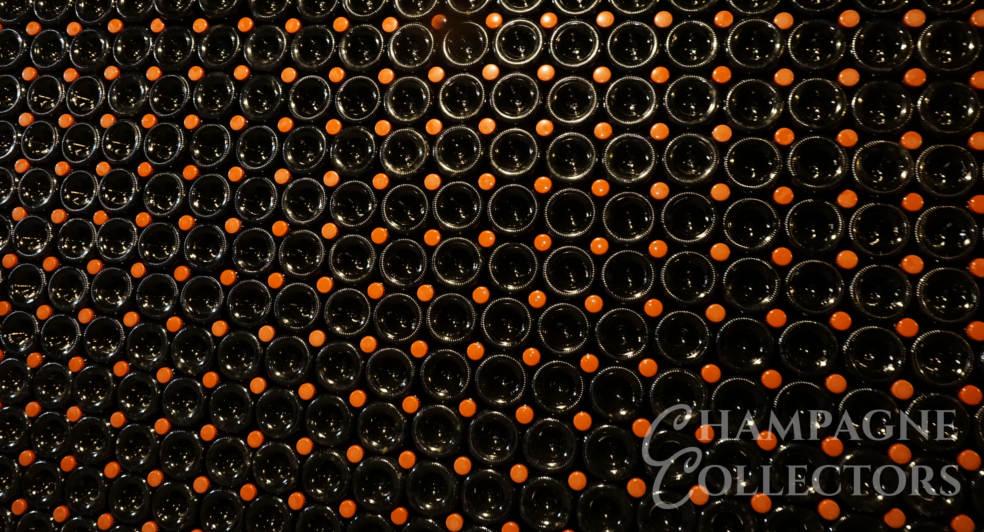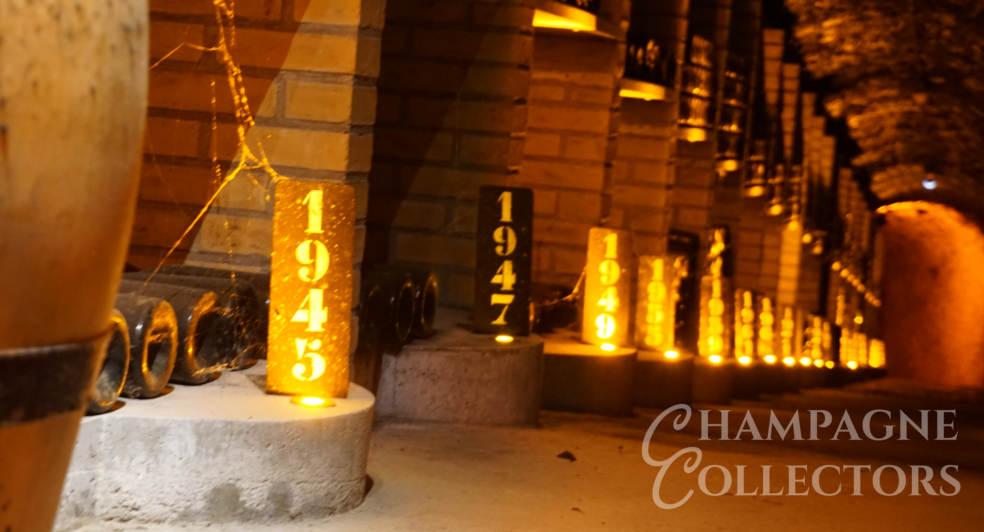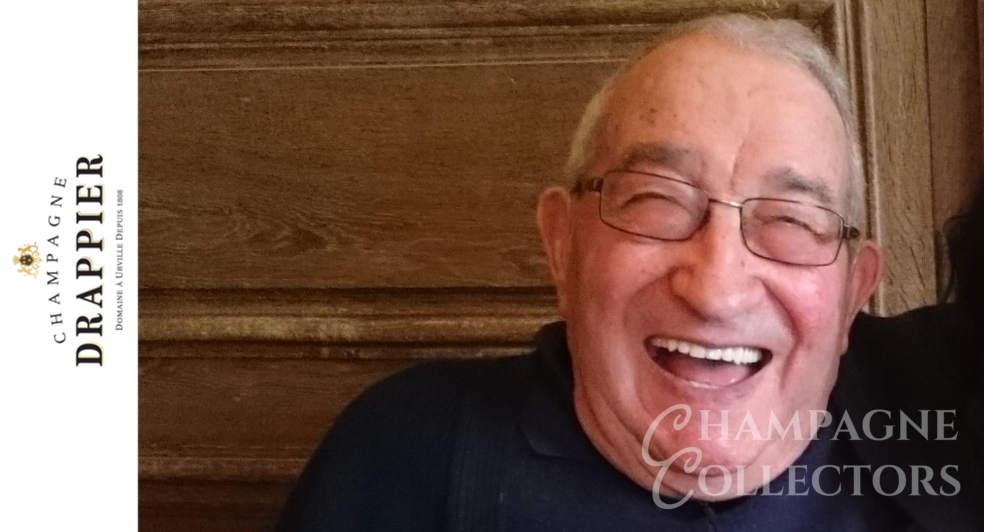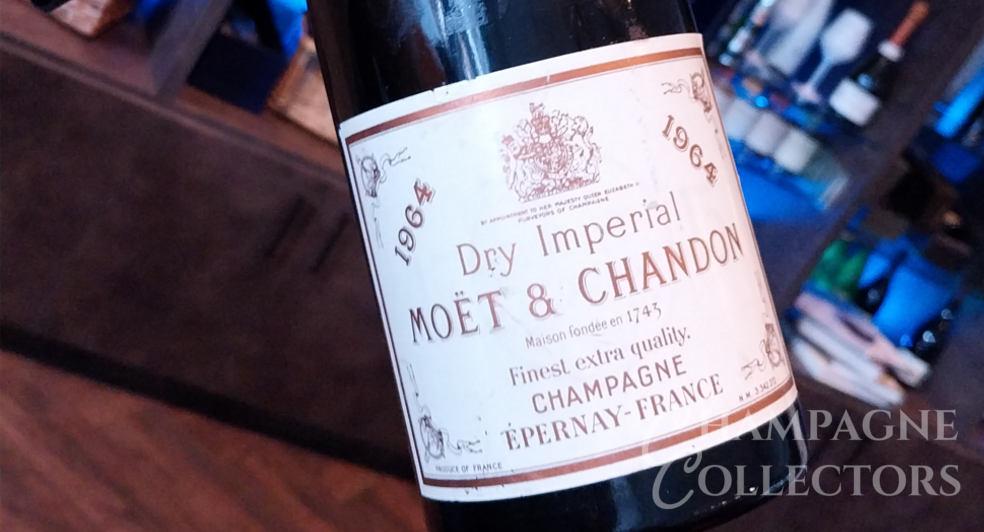Champagne is a big name brand in the world of investments and for many delving in to rare, fine and vintages from this world famous wine region you can comfortably adopt the phrase of 'supply and demand factor will aways be in your favour'.
From the offers at your local supermarket tempting you to treat yourself to a bottle in your weekly shop to cases trading in bond between global investment groups - Champagne holds a wide position in both the consumer and trade sector.
Around 300 million bottles of Champagne is produced annually with shipments out to countries globally. From the household names such as Moet et Chandon and Veuve Clicquot to tiny producers, Champagne is accessible to many, comes in a wide range of styles and at varying price points.
Most Champagne produced is non-vintage and recommended to be enjoyed within three years, there are though also rarer labels such as prestige cuvées / limited editions / vintages.
For those looking at Champagne for investment (this can be either investment in time to increase quality or investment in time to increase price) then there are several brands to look out for and trends to spot.
Most times the big name brands such as Dom Perignon / Krug / Cristal / Taittinger Comtes / La Grande Dame Veuve Clicquot are those you should involve yourself with both for quality and investment growth. Each will have a yearly production amount and demand, studying these factors will help you to decide which is the best for your investment. There are also lesser known though highly sort after brands to include Salon and Selosse which commence at already high starting prices and nearly always the full quotas are snapped up immediately and high percentages are held in bond ready for countless trading between collectors / investors over years or even decades. Champagne by some is seen merely as a trading commodity (this holds both a negative and positive feeling within the wine sector).
If you take time to keep yourself updated within the Champagne sector, you can also try and spot any up and coming producers. Every so often a new name or a new winemaker will hit the stage and be under the spotlight, their wines can easily transistion from double digit figures to triple or more in just a few years - It only takes a series of top wine reviews from senior connoisseurs to ignite a run on prices.
As each new vintage year is released then there is a role effect (a squeezing of the market on the previous vintage year) as that primary supply of it switches off and focuses on the new current vintage year - In other words, your older vintage takes a step up in scarcity and, if you have made a decent label purchase, demand thus so too price.
Take note also of vintage years and those which are regarded as the greatest (especially for aging) with years such as 1996 / 2008 / 2012 being the golden ones of recent - Most vintage Champagne with a top vintage year will hold it's value and depending how well you store them, increase in value. Look out for creditable wine reviewers to update you on annual performance of any vintage Champagne you have so you can be prepared for when the peak performance time zone is likely to be.



